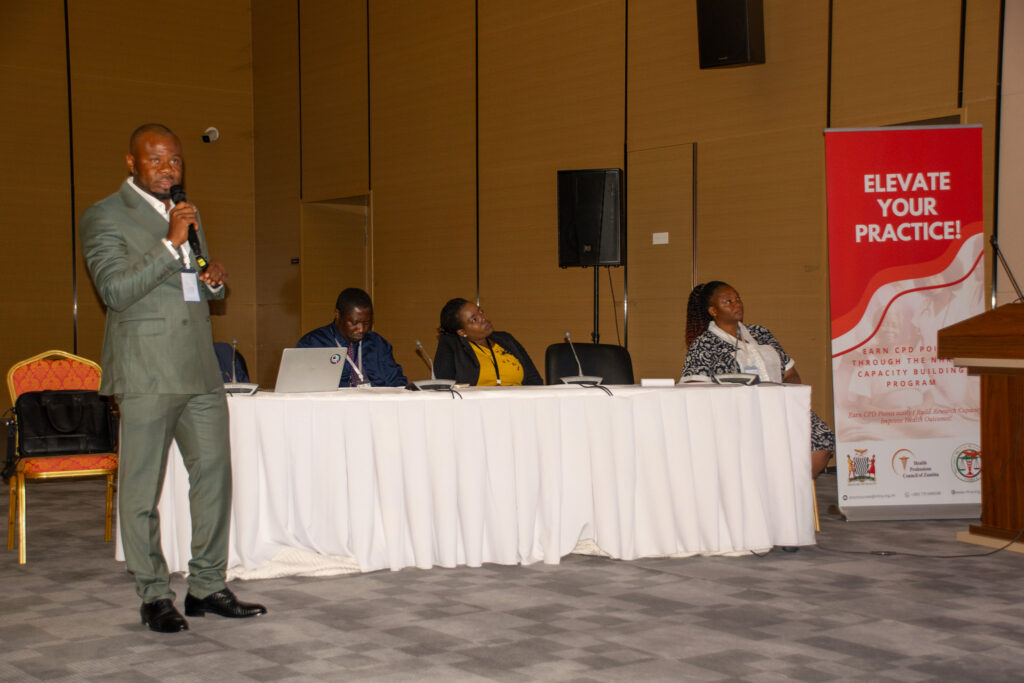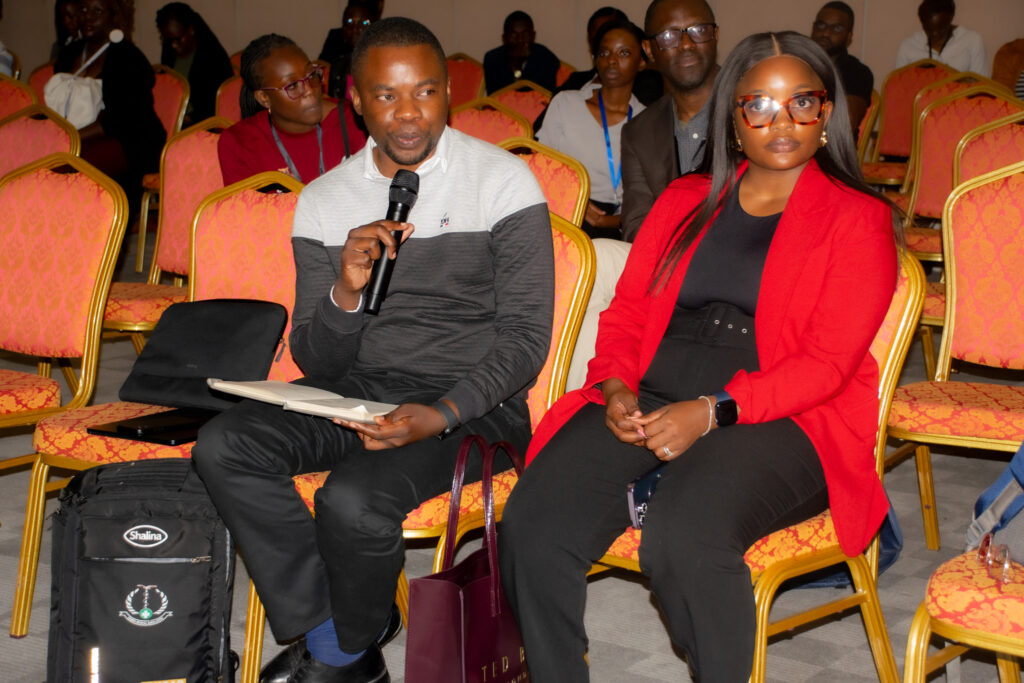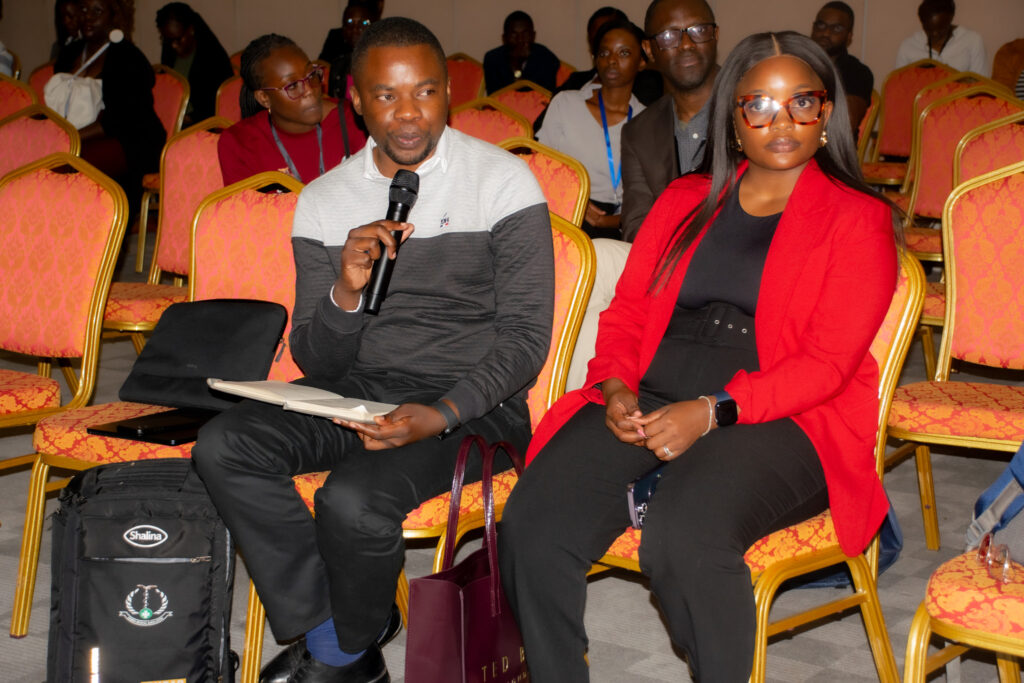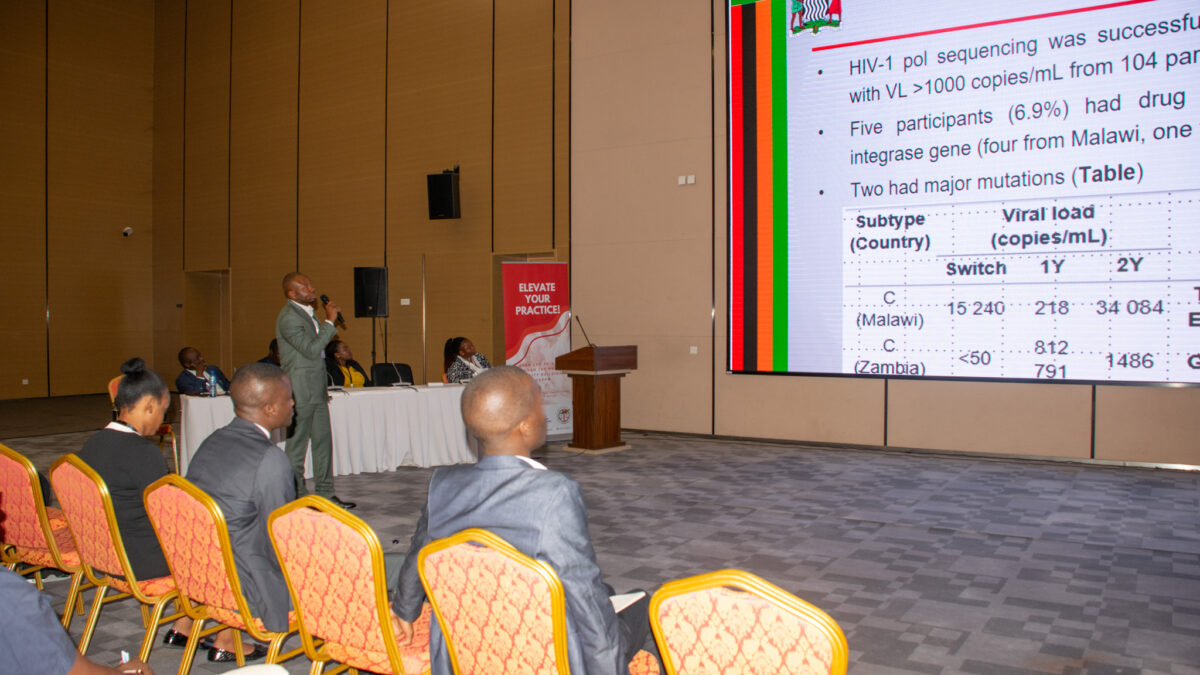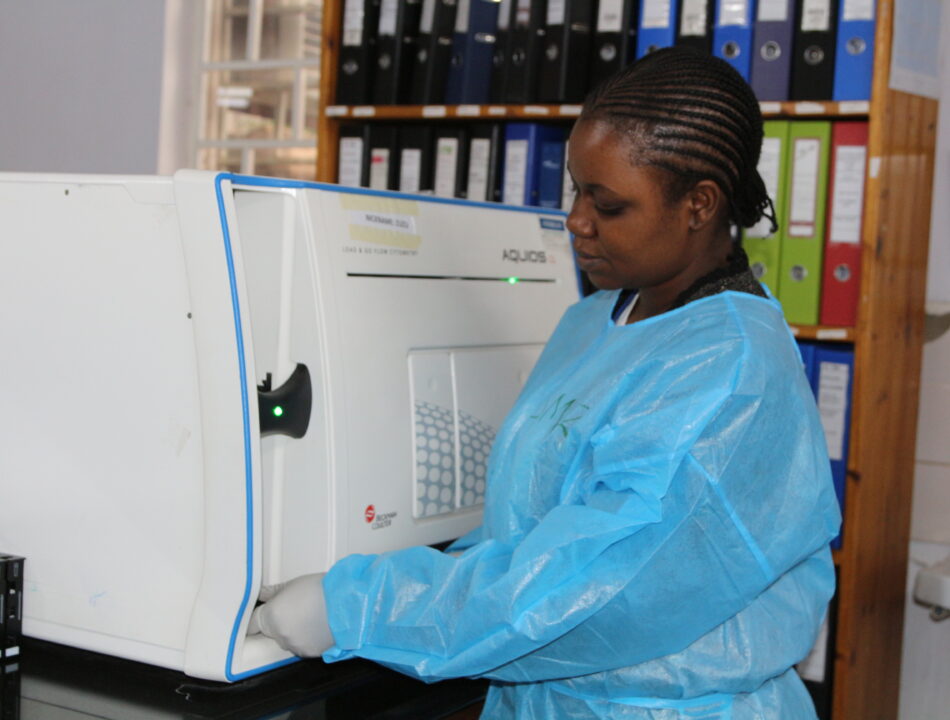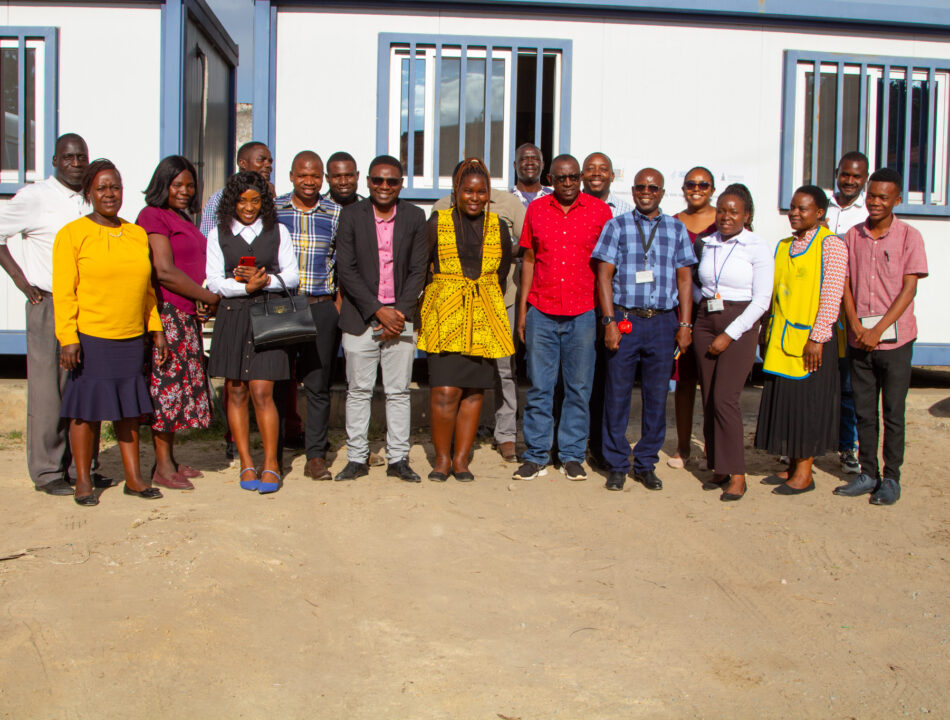
Study Highlights the Importance of Re-vaccination to Sustain Cholera Immunity in High-Risk Areas.
October 18, 2024
CIDRZ Research Identifies Doctors and Lab Experts as Crucial in Encouraging COVID-19 Vaccine Uptake
October 22, 2024The Zambia Health Research Conference, held from 15th to 17th October 2024, brought together numerous health experts who had the opportunity to share and discuss their research findings.
Dr Guy K. Muula from the Centre for Infectious Disease Research in Zambia (CIDRZ) shared key research findings of the study, “Viremia and Drug Resistance Two Years After Programmatic Switching to Dolutegravir First-line ART.”
The research focused on the outcomes of switching people living with HIV (PLHIV) to a new treatment called Dolutegravir (DTG) in Malawi and Zambia.
Dolutegravir (DTG) has been used as a first-line treatment for HIV since 2018.
The research aimed to understand how well people who switched to this new treatment responded over two years, especially those who had detectable levels of HIV viral load (viremia) when they switched.
The study also looked at whether people developed resistance to the new treatment.
Dr Muula outlined that in Malawi, all people living with HIV were switched to DTG-based treatment, regardless of their viral load (how much HIV is in the blood). However, in Zambia, only those with a viral load below 1000 copies/mL were switched to DTG.
“The study included 1422 participants in Malawi and 1410 in Zambia, with median ages of 35 and 39, respectively. Most of the participants were women. The participants had been on antiretroviral therapy (ART) for an average of 6.1 years before switching to DTG, he said”.
The study outlined that at the time of the switch, 5.4% of participants in Malawi and 3.0% in Zambia had detectable levels of HIV in their blood (viremia).
The research further revealed that after two years, 27.8% of those who had viremia at the time of switching in Malawi still had it two years later, compared to just 3.7% of those with suppressed viral loads.
In Zambia, 5.1% of those with viremia at the time of switching still had it two years later, while only 1.7% of those with suppressed viral loads remained viremic.
Dr Muula explained that the results suggest that switching people to DTG while they had high viral loads increased the chances of virologic failure (the treatment not working effectively).
He added that of 79 samples tested for drug resistance, only five cases of resistance were found—four in Malawi and one in Zambia—showing that resistance was rare.
The study concluded that after two years, most people on DTG-based treatment had good outcomes. However, those with high viral loads at switching were more likely to experience treatment failure. Zambia’s policy of only switching patients with suppressed viral loads may have helped reduce the risk of failure.
The research recommended continued monitoring of viral loads and drug resistance to ensure that people living with HIV are maintained on an effective treatment option.
This study is a testament to CIDRZ’s commitment to conducting research that helps improve HIV care and treatment in Zambia and the region.



